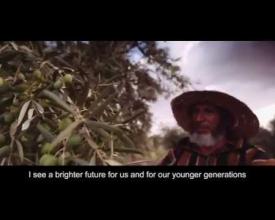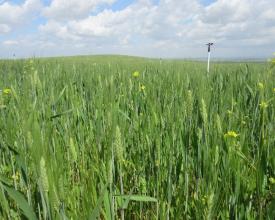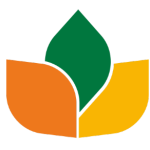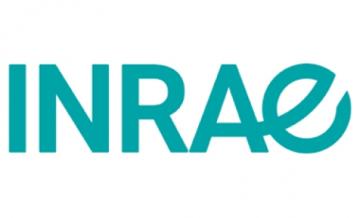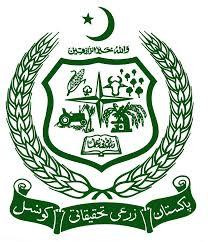
Supplemental Irrigation a climate resilient practice increasing the yields of rainfed crops
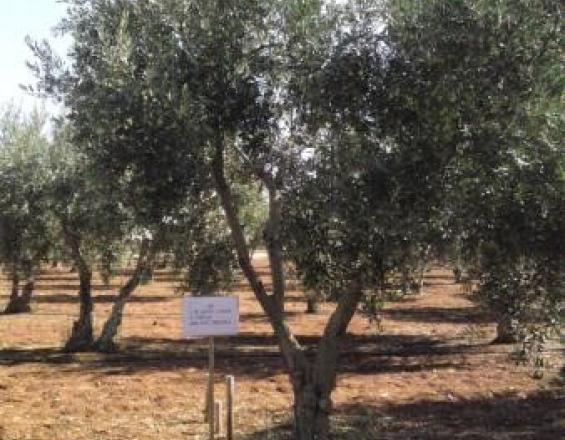
Supplemental Irrigation (SI) is the application of limited amounts of water to essentially rainfed crops to improve and stabilize yields when rainfall fails to provide moisture for normal plant growth.
SI provides higher and more stable yields and significantly higher crop water productivity, significantly improving farmer's income. SI helps address crop water needs beyond seasonal rainfall amounts and its nonuniform distribution. With SI adapts to global warming by modifying crop calendar to avoid unfavourable climate conditions.
SI is destined to farmers as a simple but highly effective package (cheap/low energy, optimal amount and timing of water application, appropriate fertilization and crop variety) that allows them to plant and manage crops at the optimal time considering climatic variability. It is implemented through intervention during dry spells and when precipitation is not enough for normal crop growth. This can be done by conventional surface irrigation or by sprinklers or drip.
Context
Challenges addressed
Around 80% of the world’s agricultural land is rainfed and contributes to at least two-thirds of global food production. About 41% of the Earth’s land area is classified as dryland, wherein the farming system is characterized by seasonal rainfall amounts much lower than crop needs and comes in nonuniform pattern with frequent dry spells and severe crop water stress. Supplemental Irrigation practice mainly emerged and is used in drylands. The latter are inhabited by more than two billion people worldwide. Furthermore, across West Asia and North Africa (WANA) region, annual evapotranspiration exceeds rainfall, along with highly irregular precipitation patterns made worse by climate change, results in harsh conditions where periods of drought cause substantial yield losses. The practice aims at helping address challenges related to food security and poverty through maximizing physical and economic crop water productivity in dry farming systems as well as water security for nutrition.
Location
Process
Summary of the process
Irrigation system functions based on irrigation scheduling determined by soil water status and crop tolerance to stress and therefore biophysical characteristics. There is a strong linkage between the available water source and the irrigation scenarios for maximizing water productivity. To be able to know when and where to apply, farmers receive training and field days are conducted. Indeed, the application of full supplemental irrigation to satisfy full crop water requirements may not be the optimal strategy in water-scarce areas. Approaching programs in an integrated manner help define when and where to apply SI. Thus deficit supplemental irrigation may be applied to maximize water productivity and farmer income. The trade-offs between water and land productivity are based on which one is more limiting than the other. Water allocation at scale considering farmers organizations and environments considerations is essential. The interlinks between water application, soil characteristic, cropping patterns and integrated research programs makes this practice ideal to tackle water scarcity issues and enhance food security.
Building Blocks
Integrated and participatory research and development
An integrated research and development program should then be designed and implemented involving local communities, institutions, and decision-makers, taking into consideration capacity building, preventing inequality, local specifics, dry area ecosystems and understanding specific needs of local communities.
Enabling factors
- Motivation and promotion of awareness among the people with regard to the activity objectives and the ways to achieve them are essential.
- Understanding the specific needs of a local community or a group of beneficiaries is critical in designing and implementing an appropriate system.
- Institutional capacity building, water resource management policies, and management and maintenance programs are the keys to success.
-
Dry area ecosystems are generally fragile and have a limited capacity to adjust to change.
Lesson learned
SI provides benefits to farmers such as higher incomes, lower risks, increases water productivity, and has a positive spill-over effect in modern technology adoption (seed and fertilizer). However, its implementation must ensure that farmers understand the practice and how to operate/manage it properly. Most important is determining best time to irrigate and the right amounts to maximize water use efficiency and productivity. Integration of cultural practices and improved varieties is important to achieve best results. Incentives are provided to adopt the technology of drip irrigation, helping modern technologies adoption.
Biophysical characteristics
Supplementary irrigation takes into account biophysical characteristics of the area it is implemented in. Taking into consideration soils, crops, landscape to irrigation and capacity of the technology is an essential building block.
Enabling factors
- Soil: Irrigation system application rate should be such that it is equal to or less than the infiltration rate of the soil.
- Crop: Its interaction with climatic parameters is deciding when and how much water to apply.
- Landscape of the irrigation site: If the land is uneven, water cannot flow at a constant rate and cannot reach every corner of the field.
- Capacity of the reservoir: When deciding the capacity, it should be sufficient to meet the crop water demand.
Lesson learned
Its implementation must ensure that farmers understand the practice and how to operate/manage it properly and also adapt to biophysical characteristics. Most important is determining best time to irrigate and the right amounts to maximize water use efficiency and productivity. Integration of cultural practices and improved varieties is important to achieve best results.
Impacts
- Water use efficiency: The corresponding water-use efficiency at scale is increased from about 0.50 kg/m3 under rainfed-only-conditions to over 1.0 kg/m3 under full SI. On-farm water productivity reached 2.5 kg/m3 under deficit SI, compared to 0.3 to 1 kg/m3 under rainfed conditions and 0.75 kg/m3 under full irrigation.
- Increased productivity: SI increased productivity of rainfed crops. Wheat production in Syria increased after adoption of SI packages from 2.4 million tons to over 4 million tons. In Yemen, SI increased the productivity of sesame by 103-120 percent.
- Risk aversion: The practice is highly adaptive as it is risk averse. It provides a high return that helps mitigate risk of crop failure. Effectively, a cost-benefit analysis showed that the gross margin ranged from $US1596 to 2570 per hectare ton per annum over 10 years with supplemental irrigation responsible for about one third of the increase.
- Increase in income: The productivity and high adoption of this practice has generated an increase of farmers per hectare income by 35 up to 50%.
- Increase yields: Effectively, millions of farmers benefited from the application of SI and yields of rainfed crop increased by over 400%. On average, yields were 2.6 times higher with SI than without.
Beneficiaries
Supplementary irrigation helps smallholder farmers in producing more crop per drop of water.
Sustainable Development Goals
Story
The Syrian countryside is dotted with olive orchards, particularly in wetter parts such as the northern and western hills. Indeed, Syria is the ancestral home of the olive; olives have been cultivated here for more than 6,000 years. Currently, the crop covers more than 695,711 hectares of land, or more than 10 percent of the cultivated area of the country, providing livelihoods for more than 100,000 families. The crop is expanding from the wetter areas (more than 350 mm annual rainfall) that are its historic home to drier areas (200–300 mm annual rainfall). However, the rainfall in these areas is too low and fluctuates too widely to support a reliable olive harvest. With climate change, rainfall in Syria as a whole is becoming more erratic and variable, leading to wide swings in yield and production from one year to the next. Irrigation is the obvious solution to this. ICARDA and the Syrian General Commission for Scientific Agricultural Research (GCSAR) with partners, researched how best to use supplemental irrigation to raise and stabilize farmers’ olive yields and incomes. The focus of the project was on demonstrating the benefits of supplemental irrigation—applying water just around the base of the trees—both for raising yields and minimizing the amount of water used for irrigation. Despite the improved management under irrigation costing up to twice as much as traditional management, supplemental irrigation markedly increased net profit per hectare. The dilemma with supplementary irrigation is whether to apply deficit irrigation or full irrigation. This depends on the biophysical characteristics and the findings that come out of integrated research and development approaches. Dr. Vinay Nangia, coordinator of the olive irrigation project noted:
“Research elsewhere has shown that olive oil produced under deficit irrigation is of a higher quality—both taste and storage properties—than that produced under full irrigation,”. He added “If this proves to be the case in Syria as well, deficit irrigation may offer the best combination of fruit yield, oil content and oil quality.” and “Their findings will be of great benefit to smallholder olive farmers in many parts of the country and will help protect the country’s precious water resources.”

